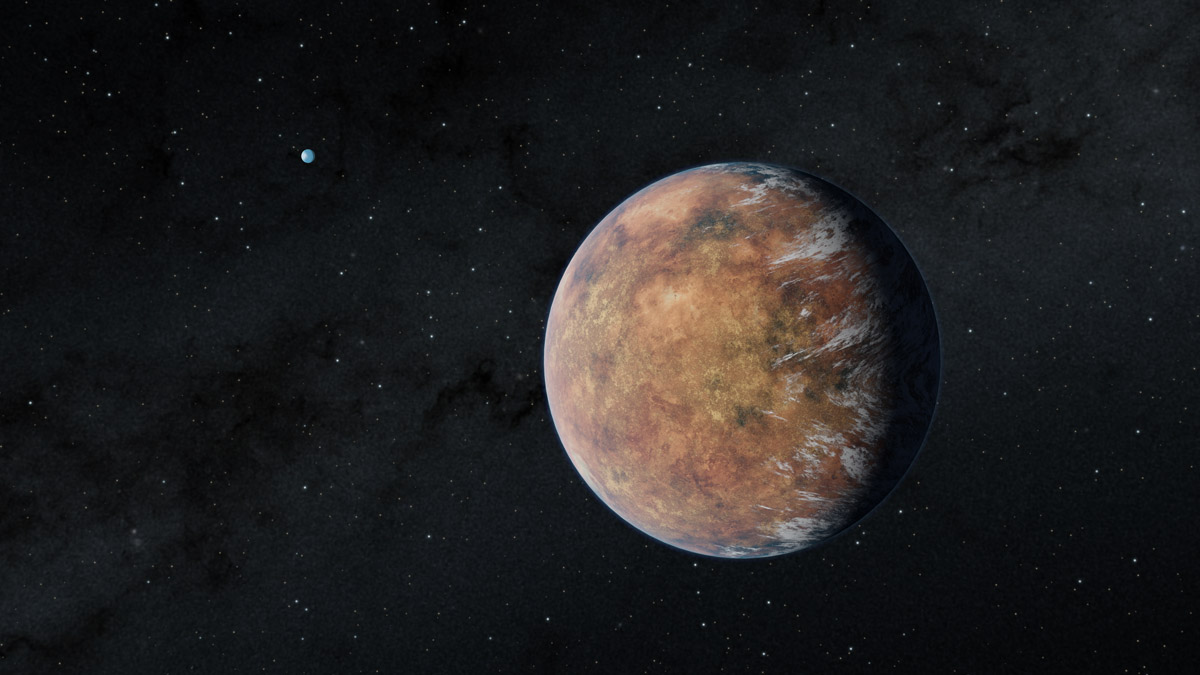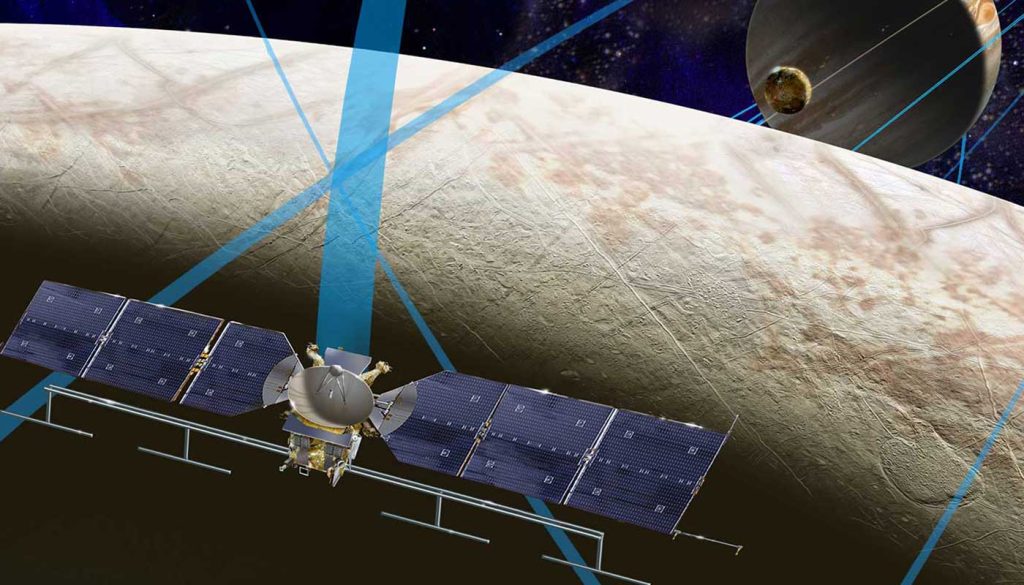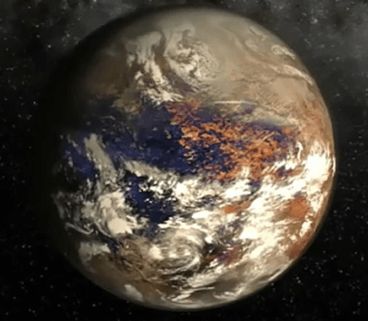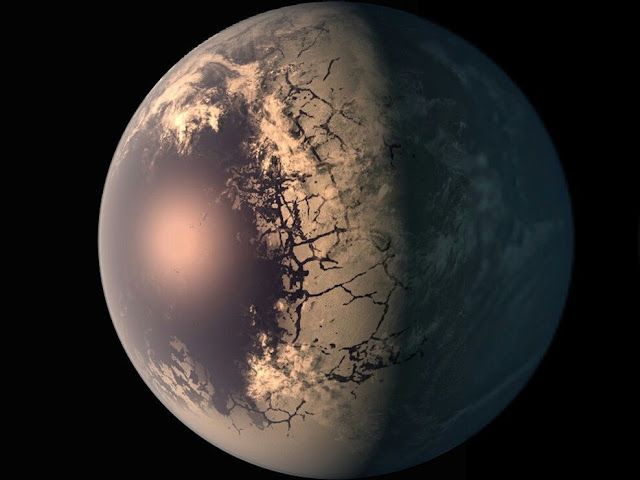Life Could Exist in Space Even Without Planets, Scientists Reveal New Insights
Recent research challenges the long-standing notion that planets are essential for life to exist. Scientists have proposed that self-sustaining ecosystems could emerge and thrive in extraterrestrial environments without requiring a planetary surface. This paradigm-shifting idea could redefine our search for life in space.
Summary
- Scientists traditionally focus on planets as the primary habitats for life due to their ability to support liquid water and shield life from harmful radiation.
- A groundbreaking study reveals that life could exist independently of planets by creating self-sustaining ecosystems.
- Ecosystems could generate biologically produced barriers that mimic the life-supporting conditions of planets.
- Such barriers could maintain pressure, temperature, and light levels needed for photosynthesis.
- Researchers argue that organisms capable of creating these barriers already exist on Earth, such as seaweed and other life forms with internal pressure systems.
- Water’s triple point (where it can remain liquid) is achievable within these habitats.
- Examples from Earth, like Saharan silver ants, show that life can adapt to extreme environments by regulating heat and other factors.
- Advanced structures like aerogels, which mimic insulating biological materials, could help maintain these habitats in space.
- The barriers could also protect against UV radiation and cosmic rays, enabling photosynthetic organisms to thrive.
- Solar energy in regions like the outer Solar System might still support photosynthetic life despite weaker light levels.
- A closed nutrient cycle within these habitats would be essential for long-term survival.
- Existing materials, like amorphous silica and organic polymers, suggest a pathway for life to evolve such habitats.
- These structures could potentially develop without intelligent intervention, relying on natural evolutionary processes.
- Extraterrestrial biosignatures from such habitats may differ significantly from Earth-like life forms, presenting unique detection challenges.
- This concept expands the possibilities for discovering life in diverse regions of the Solar System and beyond.

Introduction
The search for extraterrestrial life has long been centered around planets. Earth, with its abundance of liquid water, energy, and nutrient cycles, sets the template for what we consider habitable. However, new research disrupts this planetary bias, suggesting that life could thrive in free-floating, self-sustaining habitats in space. These groundbreaking findings may forever alter our understanding of where and how life can exist in the universe.
Rethinking Habitability Beyond Planets
Habitability has traditionally been tied to planets because they offer stable environments for liquid water, protection from harmful radiation, and the energy required for sustaining life. This is evident in Earth’s biosphere, which cycles essential elements like carbon, hydrogen, and nitrogen through processes like volcanism and tectonics.
Yet, the researchers Robin Wordsworth from Harvard University and Charles Cockell from the University of Edinburgh argue that life could evolve mechanisms to create its own habitable conditions in the vacuum of space. In their paper “Self-Sustaining Living Habitats in Extraterrestrial Environments”, they propose that biological barriers could replace the role of planetary surfaces.

Biological Barriers as Alternatives to Planets
These barriers, constructed by living organisms, could sustain life by:
- Allowing visible light for photosynthesis while blocking harmful UV radiation.
- Maintaining temperatures conducive to liquid water.
- Creating internal pressures sufficient to support metabolic functions.
The scientists give examples from Earth to show these capabilities. One example is seaweed called Ascophyllum nodosum. This seaweed grows air bladders inside it. Air bladders are small sacs that hold air. They help the seaweed float and live in water. The pressure inside these air bladders can be as high as 25 kPa. This pressure helps the seaweed survive in water.
Table 1: Key Features of Biological Barriers
| Feature | Earth Example | Space Application |
|---|---|---|
| Pressure Regulation | Seaweed air bladders | Maintaining liquid water in space |
| Radiation Shielding | Silica in biofilms | Blocking UV rays while allowing visible light |
| Thermal Regulation | Saharan silver ants’ heat-reflective bodies | Balancing energy in extreme environments |
| Insulating Materials | Diatoms producing silica | Creating aerogel-like structures for temperature control |
How Liquid Water Can Persist in Space
The ability to sustain liquid water is central to this concept. On Earth, atmospheric pressure and greenhouse effects regulate water’s liquid state. In space, ecosystems would need to generate similar conditions. Scientists point to examples such as cyanobacteria, which can grow under minimal pressures if other conditions like temperature and light are favorable.
The researchers calculated that biologically engineered habitats could maintain the correct conditions even at significant distances from the Sun, such as 1 to 5 astronomical units.
Adapting to Temperature Extremes
Temperature is another critical factor for sustaining life. Earth’s atmosphere traps heat, but in the absence of an atmosphere, biological barriers would need to achieve similar effects through solid-state physics. The researchers suggest that advanced biological materials, similar to silica aerogels, could perform this function.
Silica aerogels, known for their insulating properties, are already used in human applications. Intriguingly, some diatoms on Earth can naturally produce silica structures that mimic these properties, offering a biological basis for this concept.
Table 2: Comparison of Earth-Based and Space-Based Habitats
| Habitat Type | Energy Source | Pressure Maintenance | Temperature Regulation |
|---|---|---|---|
| Earth (Planet-Based) | Sun and geothermal | Atmosphere | Greenhouse effects |
| Space (Barrier-Based) | Sun (weaker intensity) | Biologically generated walls | Solid-state insulation |
Overcoming Challenges: Radiation and Nutrient Cycles
Radiation is a formidable challenge in space. While UV radiation can damage life, certain biological materials, like silica, can block harmful rays while allowing photosynthesis to occur. Organisms such as Arctic algae thrive in dimly lit environments, suggesting that photosynthesis could persist even in regions with weak solar energy.
However, a sustainable nutrient cycle is essential for long-term survival. On Earth, nutrient recycling relies on tectonic activity and other large-scale processes. In space, closed-loop systems with specialized organisms would need to replicate this functionality.
Natural Evolution vs. Human Intervention
The researchers explore whether such habitats could arise naturally or require intelligent design. They propose that life on other planets might evolve under entirely different conditions, leading to unique forms of self-sustaining habitats. For example, organisms capable of creating their own barriers could evolve in environments with limited planetary features.
This idea challenges assumptions about life following Earth’s evolutionary trajectory. Extraterrestrial ecosystems might produce unusual biosignatures, requiring innovative detection methods.
Potential Applications for Humanity
Beyond the implications for extraterrestrial life, this concept could revolutionize human space exploration. Self-sustaining habitats could provide new ways for humans to colonize space without relying on planetary surfaces. These habitats could also serve as research stations or resource hubs in remote areas of the Solar System.
The idea aligns with current advancements in biotechnology and materials science, paving the way for future exploration technologies.
The research by Wordsworth and Cockell broadens the scope of astrobiology, demonstrating that life may not be limited to planets. Their findings highlight the potential for self-sustaining ecosystems in space, opening up new frontiers in the search for extraterrestrial life and advancing human space exploration.
References
- Wordsworth, R., & Cockell, C. (2024). Self-Sustaining Living Habitats in Extraterrestrial Environments. Journal of Astrobiology


















